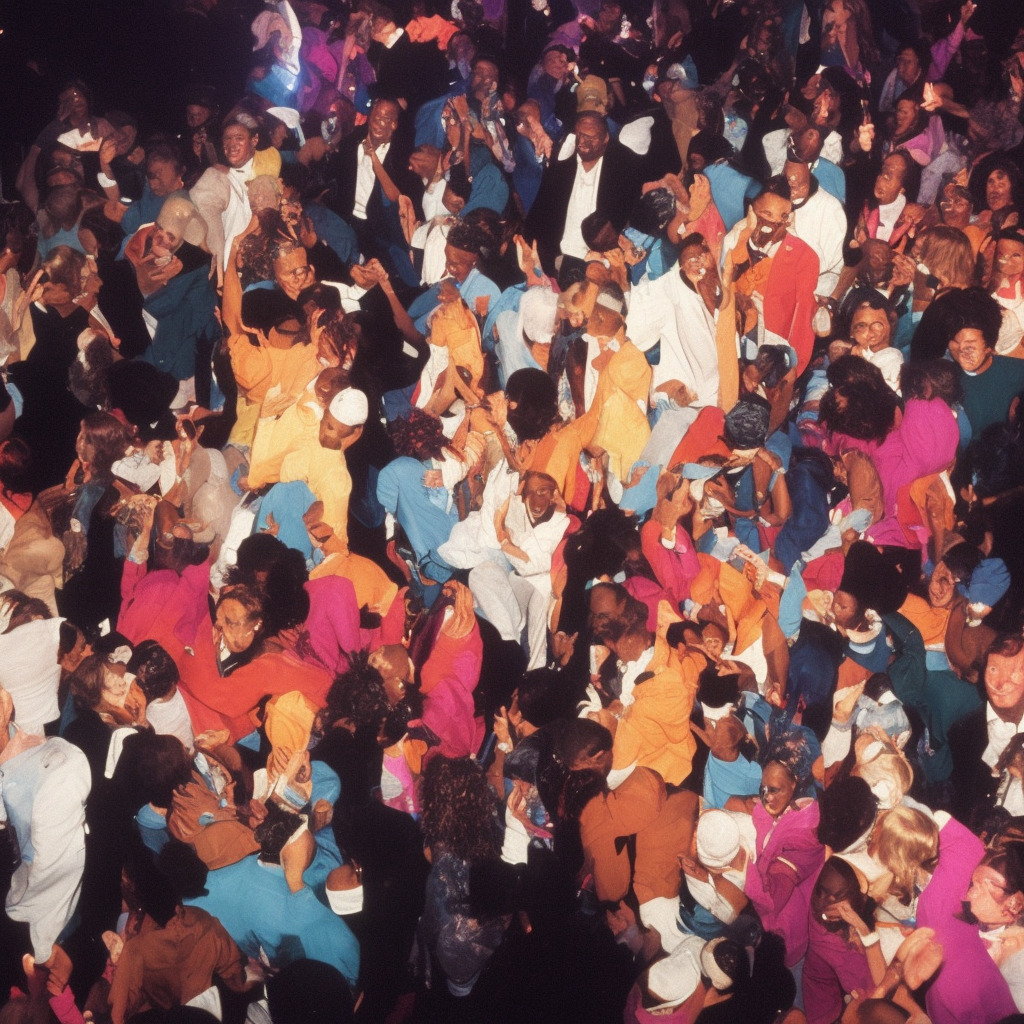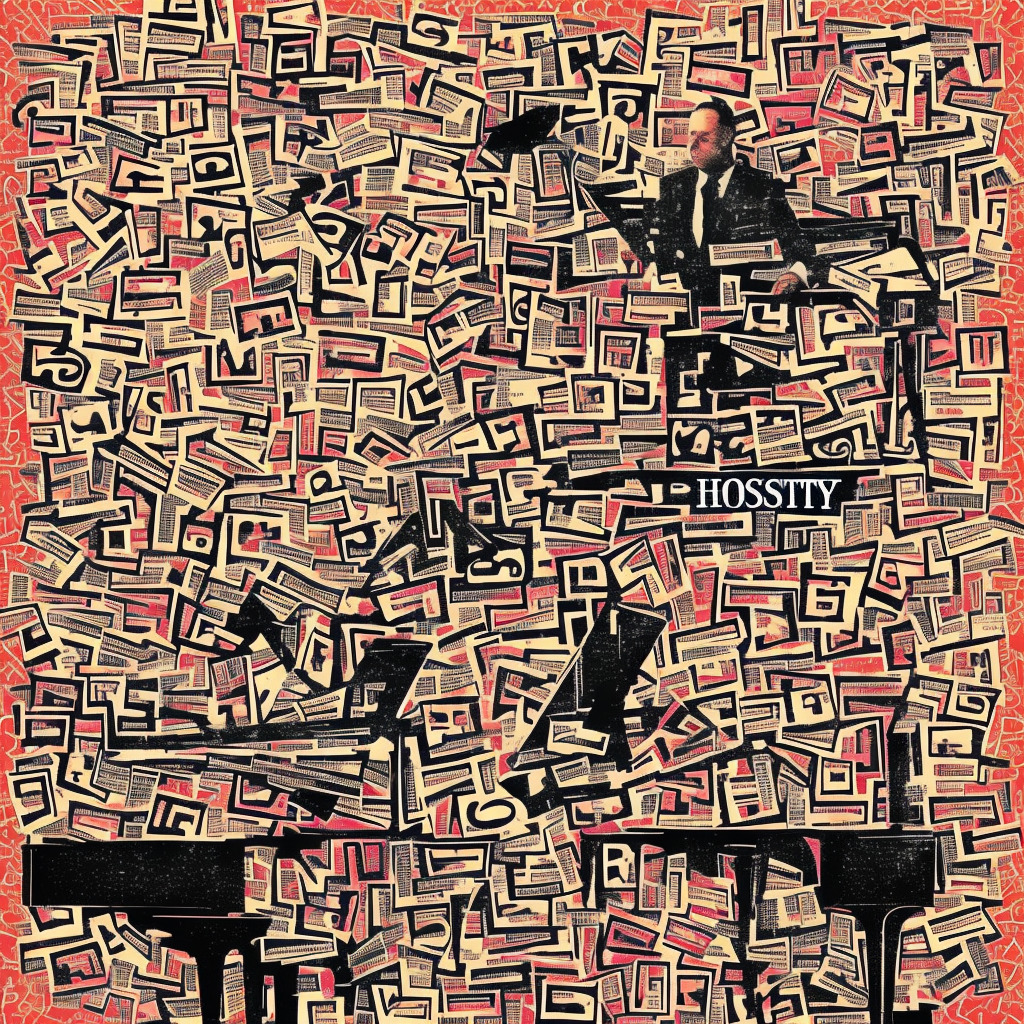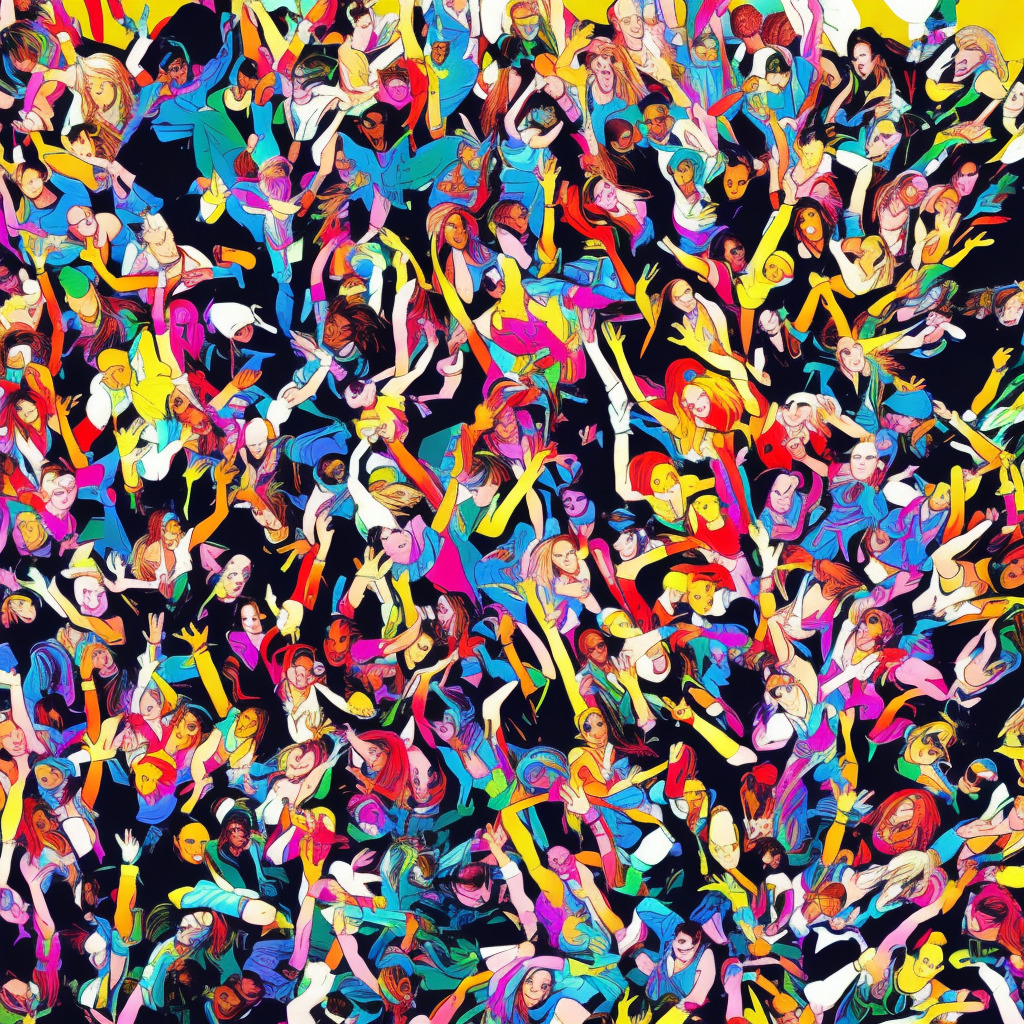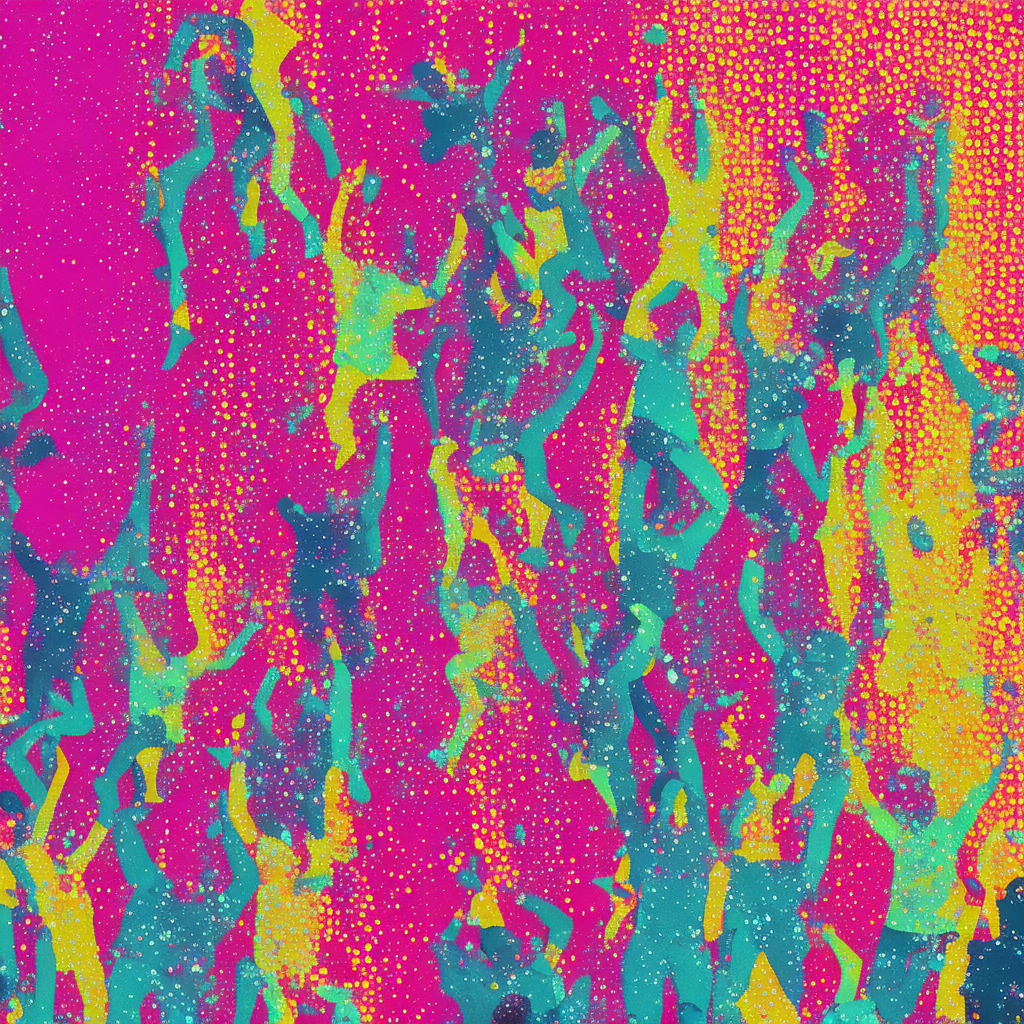🕺Did you know Marvin Gaye’s “Got to Give It Up” was inspired by a crowded dancefloor? More groove, less talk – that’s the motto!💃Catch the vibe! #MarvinGaye #FunFact #DanceClassic #SoulFever Read about it: tinyurl.com/yzvw826z
Dissecting the Timeless Appeal of Marvin Gaye’s Dance Anthem
“Unraveling the magic of Marvin Gaye’s timeless dance anthem, ‘Got to Give It Up,’ that still grooves us into ecstasy over four decades later.”
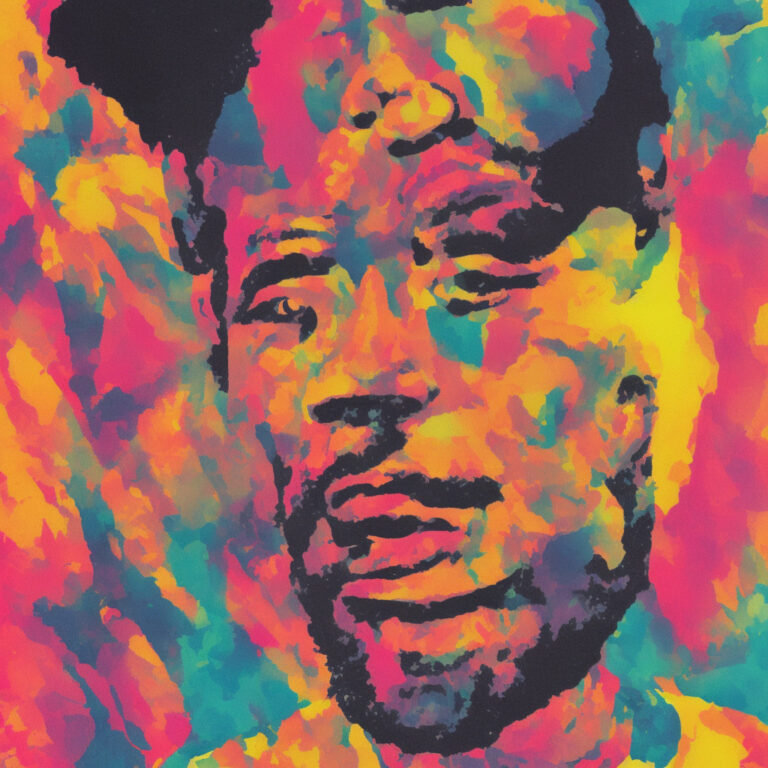
Marvin Gaye, born Marvin Pentz Gay Jr., was an American singer-songwriter and musician known for his soulful and socially conscious music. With a career spanning over three decades, he left a tremendous impact on the world of popular music by fusing the genres of R&B, soul, and funk. Known as the “Prince of Soul,” Marvin Gaye’s influential and memorable works include “What’s Going On,” “Sexual Healing,” and “I Heard It Through the Grapevine.”
One of Gaye’s standout tracks is the 1977 song “Got to Give It Up,” a disco-infused dance anthem that continues to captivate listeners more than four decades after its release. Originally intended as a light, fun response to the disco craze at the time, the song enthralled audiences with its infectious energy and groove.
“Got to Give It Up” was conceived during a time when Marvin was facing increasing pressure from his record label, Motown, to deliver a commercial hit. Despite his reluctance to produce disco music, Marvin eventually embraced the genre in his own way, incorporating his unique falsetto vocals and soulful touch to create a distinctive sound. The song’s instrumentation is complemented by a catchy bassline, smooth percussion, and an uplifting chorus that encourages people to let loose and enjoy life.
One minor drawback to the song’s composition is its length, spanning over 11 minutes, which may discourage casual listeners. However, this extended playtime allows for an immersive experience that captures the essence of the late ’70s disco era. Furthermore, the track’s popularity has led to numerous shortened radio edits that cater to those who prefer a more condensed version.
Throughout his career, Marvin Gaye received numerous awards and accolades, including two Grammy Awards, the Grammy Lifetime Achievement Award, and three American Music Awards. Additionally, he was inducted into the Rock and Roll Hall of Fame in 1987 and the Songwriters Hall of Fame in 2016. “Got to Give It Up” itself reached the top of the Billboard Hot 100 chart and has been covered and sampled by various artists over the years, cementing its status as a classic dance anthem.
While it’s essential to highlight Marvin Gaye’s impressive body of work and accomplishments, it’s also important to acknowledge the personal struggles he faced. Gaye battled with addiction and mental health issues throughout his life, which ultimately led to a tumultuous career and relationships. However, Marvin’s music remains a testament to his undeniable talent, and “Got to Give It Up” continues to serve as a reminder of the joy and unity his music brought to the world.
Charting the Success and Trivia
Marvin Gaye’s infectious 1977 hit, “Got to Give It Up,” conquered charts worldwide with its unique funk-disco fusion and an intriguing two-part release inspired by Johnnie Taylor’s “Disco Lady.”

“Got to Give It Up” was released as a single in March 1977, and immediately began to make its presence felt on the charts. The song entered the Billboard Hot 100 at an impressive position – 69 in its first week. Within a matter of weeks, “Got to Give It Up” climbed the charts, eventually reaching the top spot. It went on to peak at number one on both the Billboard Hot 100 and the Hot Soul Singles chart. Furthermore, it held its number one position on both charts for an entire month, showcasing the popularity and staying power of Marvin Gaye’s infectious hit.
Not only was “Got to Give It Up” a chart-topping success in the United States, but it also garnered international acclaim. The song reached number seven on the UK Singles Chart, proving that Marvin Gaye’s unique blend of funk and disco resonated with audiences around the world.
Perhaps one of the most interesting pieces of trivia about “Got to Give It Up” is that it was initially released as a two-part single. Due to its lengthy runtime of over 11 minutes, the song was split into two parts, with Part 1 serving as the radio edit and Part 2 as the continuation. This allowed listeners to enjoy the song in its entirety, while also giving radio stations a more manageable track to play on air.
Another fascinating fact is that Marvin Gaye’s inspiration for “Got to Give It Up” came from Johnnie Taylor’s “Disco Lady,” a chart-topping hit in 1976. Gaye sought to create a song that would similarly captivate listeners and dominate the dance floor, and with “Got to Give It Up,” he certainly achieved his goal.
Diving Deep into the Spirit of “Got to Give It Up”
I used to go out to parties
And stand around
‘Cause I was too nervous
To really get down
But my body yearned to be free
I got up on the floor, boy
So somebody could choose me
“Got to Give It Up” by Marvin Gaye is a song that, at its core, is all about letting go of inhibitions and embracing the freedom of self-expression. The lyrics speak to the universal desire to break free from the constraints that hold us back, while also capturing the unique spirit of the time period in which it was written. The song was released in 1977, at the height of the disco era, which was characterized by lively parties and a vibrant energy that was impossible to ignore.
No more standin’ along the side walls
Now I got myself together, baby
And I’m havin’ a ball
As long as you’re groovin’
There’s always a chance
Somebody watchin’ you
Might wanna make romance
These lyrics embody the carefree attitude and sense of limitless possibilities that defined the 1970s. The decade was marked by significant social and political events, such as the end of the Vietnam War, the rise of the feminist movement, and the emergence of disco as a cultural phenomenon. As a result, many people sought out ways to express themselves and find solace in the midst of a rapidly changing world. “Got to Give It Up” speaks to this need for escape and the joy that can be found when we allow ourselves to be vulnerable and open to new experiences.
Move your body, ooo baby, you dance all night
To the groove and feel all right
Everybody’s groovin’ on like a fool
But if you see me spread out and let me in
Baby, just party high and low
Let me step into your erotic zone
Move it up
Turn it ’round
Ooo shake it down
Marvin Gaye’s lyrics invite listeners to not only get up and dance, but also to explore their own “erotic zone,” a clear nod to the sexual liberation movement that was gaining momentum during this era. The song encourages us to break free from societal expectations and embrace our true selves, ultimately creating a sense of unity and togetherness on the dance floor.
In conclusion, the lyrics of “Got to Give It Up” encapsulate the essence of the disco era and the spirit of the 1970s through its themes of freedom, self-expression, and unity. The song serves as a reminder of the power of music to bring people together and inspire us to celebrate life, even in the face of adversity.
The Visual Legacy of “Got to Give It Up”
“Got to Give It Up” fan videos: a groovy tribute to Marvin Gaye’s timeless appeal, connecting generations through the infectious spirit of 70s disco!
Though there isn’t an official music video for Marvin Gaye’s iconic 1977 song “Got to Give It Up,” the legacy of the song has inspired a plethora of fan-made videos, tributes, and dance montages that celebrate its infectious groove and timeless appeal. These visual adaptations have played an essential role in keeping the song’s spirit alive, ensuring its reach to a new generation of listeners and dancers alike.
One notable fan video, created by YouTube user VinylFullofSoul, features a creative montage of Gaye’s live performances, classic dance moves, and vintage disco scenes that capture the essence of the song’s era. The vibrant colors, flashy outfits, and energetic dance moves evoke the 70s disco culture and pay tribute to the sheer magnetism of Gaye’s voice and charisma.
Another tribute video, curated by YouTube user DiscoClubAllStars, takes a different artistic approach by using vintage clips from the popular 70s TV show “Soul Train.” The video showcases a rich tapestry of dancers moving to the rhythm of “Got to Give It Up,” taking viewers on a nostalgic trip through the history of disco and the undeniable impact of Marvin Gaye’s music on the dance floor.
Despite the lack of an official music video, the song’s influence has also reached the world of film. “Got to Give It Up” was featured prominently in the 1996 romantic comedy “The Nutty Professor,” starring Eddie Murphy. The film’s memorable dance scene featuring the song helped introduce it to a new generation of fans while paying homage to its disco roots.
As a testament to the enduring power of Marvin Gaye’s music, these fan-made videos and tributes not only pay homage to the legendary artist but also showcase the creativity and passion of the song’s loyal fanbase. By incorporating elements of 70s disco culture and blending them with contemporary visual storytelling, these videos succeed in keeping the legacy of “Got to Give It Up” alive and grooving.
The Genius of Marvin Gaye
Marvin Gaye, the legendary composer of “Got to Give It Up,” left an indelible mark on the music industry with his unparalleled creativity and soulful compositions. Born Marvin Pentz Gay Jr. in 1939, Gaye had an uncanny ability to infuse his songs with powerful emotions and thought-provoking themes. Apart from “Got to Give It Up,” he was also the mastermind behind other notable hits such as “What’s Going On,” “I Heard It Through the Grapevine,” “Sexual Healing,” and “Let’s Get It On.” These songs not only display Marvin Gaye’s artistic versatility and depth but also his keen understanding of the human experience, making him a truly remarkable composer whose influence continues to shape the world of music today.
Award-Winning Grooves and Notable Appearances
“Got to Give It Up” – A Timeless Classic Grooving Through Charts, Covers, and Cinematic Scenes for Over Four Decades.
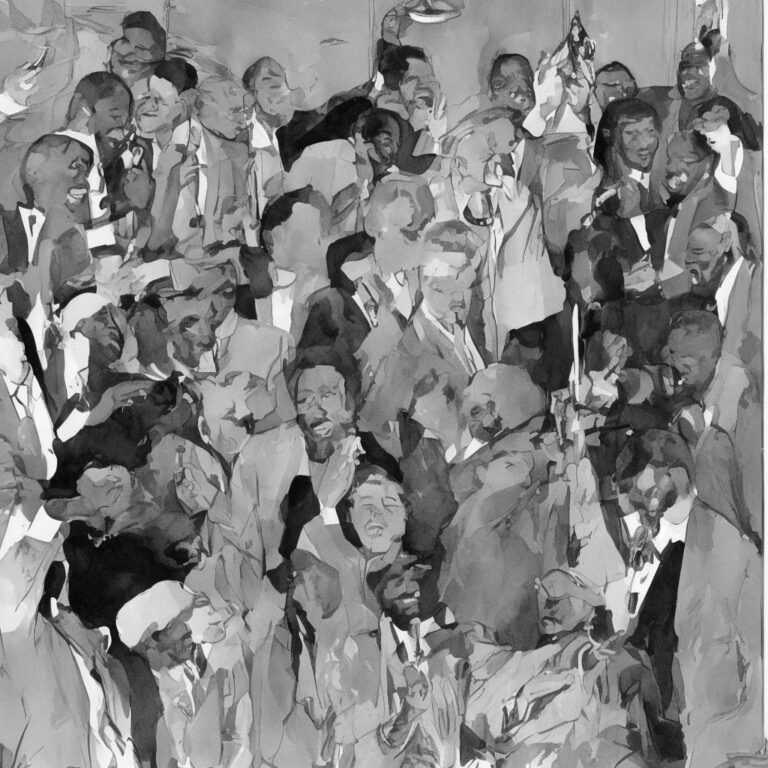
“Got to Give It Up” rightfully earned its place in the music hall of fame, receiving numerous awards and accolades since its release in 1977. The song quickly climbed the charts, spending two weeks at the top of the Billboard Hot 100 and becoming one of Marvin Gaye’s most successful singles. In 2018, Billboard ranked the song at number 56 on its list of the “Greatest of All Time Hot 100 Songs by Artists.” Additionally, Rolling Stone included “Got to Give It Up” in their prestigious “500 Greatest Songs of All Time” list, ranking it at an impressive number 316.
The infectious rhythm and catchy melodies of “Got to Give It Up” have also made it a popular choice in the world of entertainment. The song was notably featured in the 2004 hit comedy “Barbershop 2: Back in Business” during a hilarious dance scene, showcasing its ability to bring people together on the dance floor. Additionally, the track has been used in various television series, including “The Simpsons,” “Everybody Hates Chris,” and “American Crime Story: The Assassination of Gianni Versace.”
As with any beloved hit, “Got to Give It Up” has inspired numerous cover versions throughout the years. In 1985, British reggae band UB40 recorded their rendition of the song, which reached number 48 in the UK Singles Chart. Their take on the track stayed true to the original while adding their unique reggae-infused twist. Another notable cover was released in 1996 by R&B group Aaliyah, who featured their version on their “One in a Million” album. The song was reinterpreted as “Got to Give It Up (Part 2)” and showcased Aaliyah’s sultry vocals while paying homage to the original.
Overall, the undeniable impact and timeless appeal of “Got to Give It Up” have etched its place in music history. From its chart-topping success to its widespread adoption in popular culture, the song remains an enduring classic that continues to captivate audiences around the world.
Diving into the Musical Structure
“Got to Give It Up” is a masterclass in blending different musical elements to create a cohesive and infectious sound. Marvin Gaye’s genius shines throughout the track, as he effortlessly navigates through the varying layers of the song. Let’s break down the key components of the track, from its key signature to chord progressions, tempo, and musical arrangements.
To begin with, “Got to Give It Up” is written in the key of A major, which is known for its bright and upbeat tonality. This choice of key sets the stage for the song’s lively and energetic feel, perfectly complementing the lyrical themes of letting loose and having a good time. The chord progression predominantly follows a simple I-IV-V pattern (A-D-E), with occasional variations that keep the listener engaged and on their toes. This straightforward progression lays a solid foundation for the song’s intricate melodic and rhythmic elements.
The tempo of “Got to Give It Up” sits comfortably at around 122 beats per minute (BPM), providing a relaxed yet danceable groove. The track’s laid-back tempo can be attributed to its strong disco influence, which is further accentuated by the use of syncopated rhythms and a four-on-the-floor drum pattern. Additionally, the song’s distinctive percussion arrangement, featuring cowbells, congas, and tambourines, adds an extra layer of rhythmic complexity and contributes to the track’s infectious energy.
One of the standout features of “Got to Give It Up” is its masterful use of layers and textures. Marvin Gaye employs a variety of instruments and vocal techniques to create a lush and dynamic soundscape. The song’s intro, for example, features a memorable three-note bassline played on a Moog synthesizer, which immediately sets the tone and hooks the listener. The track also includes a catchy guitar riff, energetic horn section, and playful flute, all of which contribute to the song’s rich and vibrant sonic palette.
Another notable aspect of “Got to Give It Up” is Marvin Gaye’s exceptional vocal performance. Throughout the song, he employs a range of techniques, such as falsetto, harmonies, and ad-libs, to keep the listener engaged and showcase his impressive vocal range. Gaye’s ability to seamlessly transition between different vocal registers and styles is truly a testament to his skill and artistry as a singer.
In summary, “Got to Give It Up” is a shining example of how musical elements such as key signature, chord progressions, tempo, and arrangement can come together to create a truly memorable and engaging listening experience. Marvin Gaye’s expert blending of these components demonstrates his unparalleled talent as a musician and songwriter, and it’s no wonder that this track remains a beloved classic to this day.

